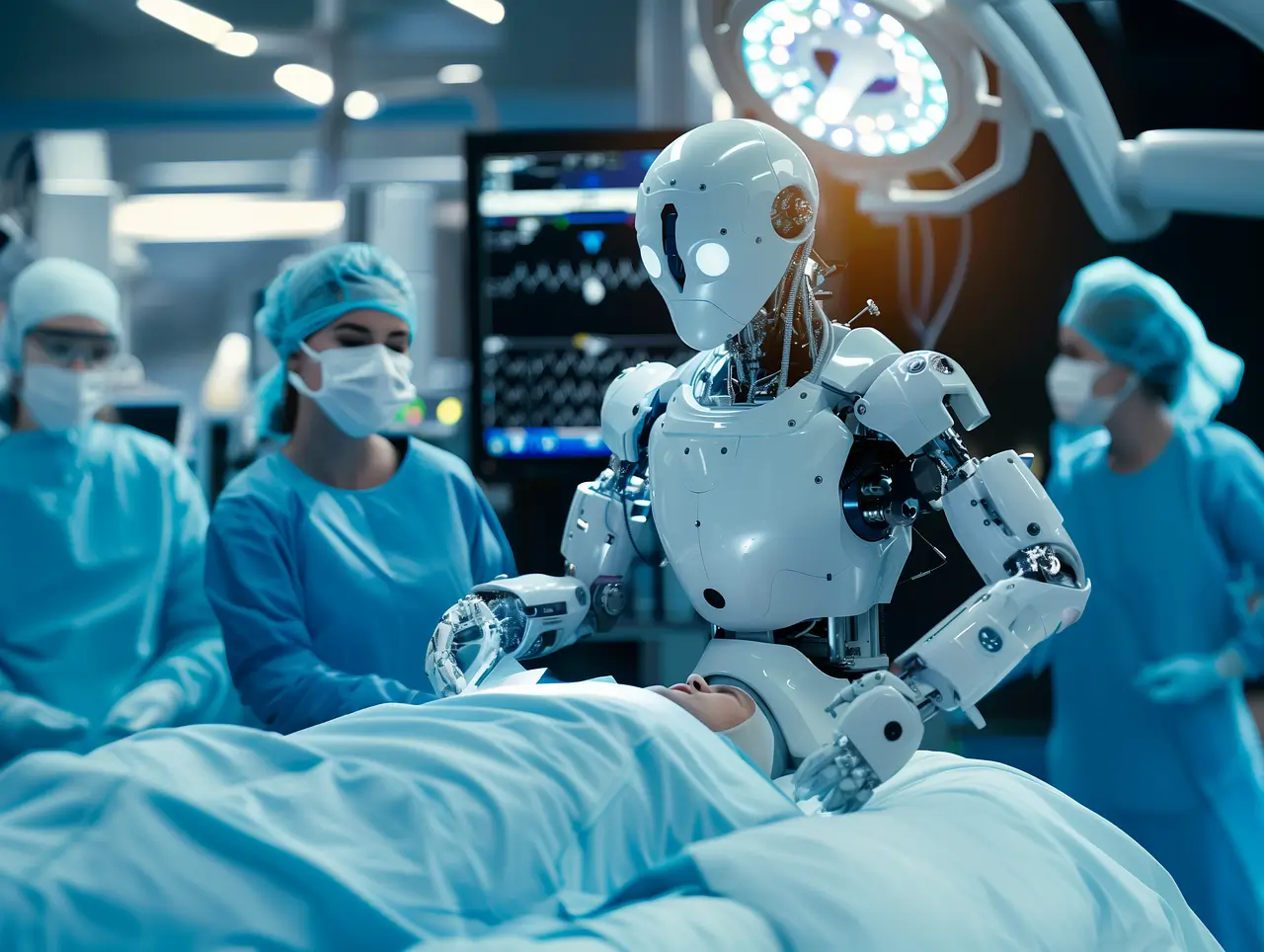The demand for body contouring treatments is at an all-time high: the IMCAS projects that the value of the body contouring and energy devices segment of the global aesthetic medical and surgical market is set to reach 2.3 billion euros in 2018, a substantial increase from its valuation of 1.5 billion euros in 2013. This can be attributed to the constant innovation and development in the industry that has resulted in the recent emergence of treatment modalities that cater to reshaping the body and reducing or eliminating areas of fat that are resistant to diet or exercise.
Traditionally, patients only had the option of excising fat through body contouring surgical procedures, such as brachioplasty, abdominoplasty, or the like in order to achieve their aesthetic goals. However, the available options have expanded considerably since, thereby allowing patients to seek alternative treatments that may be far more suitable for them in terms of price and safety. This article will discuss some of the more recent treatment options available when it comes to contouring the body, how to select patients seeking these treatments, the expected results of each treatment, and its individual side effect profile.
Patients seeking body contouring
Typically, patients looking for body contouring treatments can be roughly grouped into two categories based on the level of expectation of treatment outcomes. The first group generally is more well-informed about the types of treatment, may have tried some of these treatments previously, and have a clear vision of what they would like out of the treatment. These patients are usually more realistic about treatment outcomes. The second group is somewhat less well-informed, so they have more unrealistic expectations on the results they would get from treatment. Furthermore, patients in the second group are less committed to diet and exercise plans and are less likely to complete their treatment courses. This makes managing them more challenging.
Common concerns patients have with their bodies include excess fat, cellulite, or pockets of stubborn fat that do not go away with diet and exercise. As with any aesthetic treatment, body dysmorphic disorder (BDD) is something that should be considered when assessing potential patients. It is especially pertinent in light of the fact that body-contouring treatments are probably the most demanded cosmetic treatment by patients with BDD.
Patient assessment/selection
In order to properly assess and determine a patient’s suitability for treatment with products similar to Belotero, it is important to obtain a complete medical history that includes a patient’s exercise and dietary background in order to identify any problematic lifestyle habits that may need addressing. At this point, it is also worthwhile to conduct an in-depth assessment of the patient’s reasons and expectations for treatment. Usually, patients with unrealistic expectations of the potential treatment outcome can end up unsatisfied or disappointed with the results; therefore, it is important that the pre-treatment information provided to patients is detailed, comprehensive, clear, and realistic. This includes emphasizing the need for repeat treatments and the delayed onset of the final result, as is the case for most non-invasive treatments.
Documentation in the form of pre-treatment photography and volume measurement is important for this process, as results can be easier to discern when comparing before and after pictures. It is also necessary at this stage to rule out any patients with BDD symptoms. To do this, a validated screening questionnaire—such as the Body Dysmorphia Disorder Questionnaire (BDDQ), which has a 94% accuracy rate for identifying this disorder—is particularly useful. Generally, it is better to avoid treating patients with conditions that predispose them to unrealistic expectations, as patients who have such expectations will invariably be unsatisfied with treatment results, and this can lead to patient complaints.
Methods of body contouring
In the past 20 years, there has been advances in the aesthetic medical device sector that have led to the emergence of new body contouring treatments. Many of these treatments include a thermal injury component that acts to selectively induce adipocyte apoptosis, which is programmed cell death. However, newer therapies focus on strategies that are able to selectively target fat cells without the potential side effects associated with heating or cooling tissues for prolonged periods. These will be briefly outlined in the following sections.
Cryolipolysis
Also known as fat freezing, cryolipolysis works because fat cells are triggered to undergo apoptosis when exposed to low temperatures. This trait is selective, as other cells apart from adipocytes are not as susceptible to cooling. Once apoptosis is induced, an inflammatory response occurs, and the dead fat cells are removed by phagocytes. After the inflammatory response has subsided, the end result usually seen is a reduction in volume and the restructuring of the subcutaneous tissue.
Medical devices that stimulate cryolipolysis typically combine freezing with skin surface protection and a vacuum mechanism. This treatment is suitable for all skin types. Side effects are minimal, with post-treatment paraesthesia, bruising, and erythema expected side effects. Pain after treatment is common and can be managed with pain-relieving medications. They often subside on their own with time. Repeat treatments are necessary, with optimal effects conferred after four to six months.
Radiofrequency
Radiofrequency (RF) has been a stalwart modality for a variety of purposes over the past decades. RF treatments use the conversion of radiofrequency waves to heat in order to apply deep tissue and skin heating to induce vasodilation and inflammatory changes so as to bring about dermal thickening and reorganization and the thickening of deeper connective tissue(s). In adipose tissue specifically, heating the adipocyte layer to a temperature of 43°C–45°C stimulates selective apoptosis in fat cells, resulting in volume reduction 3–8 weeks post-RF treatment. Often, multiple sessions are required to achieve the desired results. Short-lived effects of this treatment, which includes erythema, are common and anticipated.
Despite built-in safety mechanisms, such as temperature sensors to prevent overheating of the skin, complications like burns may still occur due to the operator-dependent nature of the instrument. Furthermore, older monopolar RF devices do not evenly penetrate the skin, potentially resulting in the inconsistency of fat breakdown and subsequent irregularities of the surface contour. In this regard, bipolar or multipolar RF handpieces afford better predictability in the penetration depth of RF waves, therefor resulting in more even results. This treatment is associated with short-lived effects, such as erythema.
Low level laser therapy
A minimally invasive body contouring technique that was developed fairly recently, low-level laser therapy uses infrared or near-infrared light exposure to modulate body composition by direct and indirect methods. These methods include inciting changes in the adipocyte metabolism and by changing the levels of leptin, a hormone involved in appetite regulation. The US FDA has approved the use of lasers that use light wavelengths in the range of 532nm–635nm for the purposes of body contouring. Again, this modality requires multiple sessions to obtain optimal effects and has a low-risk side effect profile.
High intensity focused ultrasound
A recent addition to the stable of body contouring therapies, high intensity focus ultrasound was traditionally used in medical aesthetics to tighten and lift the superficial muscular aponeurotic system (SMAS) layer of the face. This technique causes coagulative necrosis (tissue death) of the subcutaneous layer, allowing for new skin growth that is tightened and has less volume. This effect usually take place around 12 weeks after treatment. This technique requires multiple treatment sessions, is suitable for all skin types, and has minimal side effects.
Deoxycholic acid
There has been notable unregulated use of injectable treatments for the reduction of submental fat (double chin) for some time, with a deoxycholic acid preparation for such a treatment only given CE approval in 2012. Deoxycholic acid works to lyse, or dissolve, fat cells when injected in areas containing adipose tissue. After which, a mild inflammatory response in conjunction with phagocytosis will occur and will lead to the permanent reduction of the fullness of treated areas. Its mode of action seems to be selective towards lipid-rich tissue only; hence, the risk of damage to the surrounding tissue(s) appears to be minimal. Furthermore, this treatment does not increase plasma lipid levels. In Europe, a phase III clinical trial examining the treatment of submental fat with a deoxycholic acid preparation called ATX-101 saw promising results, with volume reduction in the submental area, no increase in skin laxity, and minimal reported adverse events. For this treatment, repeat sessions spread over a few weeks are usually necessary for optimal results.
Conclusion
The body contouring sector in the aesthetic medicine market is growing rapidly, with new devices and novel technological platforms being commercialized every year. Careful patient selection is crucial when it comes to body contouring treatments in order to best manage expectations. Determining the best instrumentation for one’s clinical practice will depend on cost, available space, staffing levels, and patient demographics.
References
1. Statista, Value of global aesthetic medical and surgical market from 2012 to 2018, by segment (in billion euros). Data sourced from IMCAS. https://www.statista.com/statistics/319161/global-aesthetic-medical-and-surgery-market-value-by-segment/
2. de Brito MJA, Prevalence of body dysmorphic disorder symptoms and body weight concerns in patients seeking abdominoplasty, J Aesthet Surg, (2016) Mar 4;36(3):324-32.
3. Brohede S, Wingren G, Wijma B Wijma K Validation of the Body Dysmorphic Disorder Questionnaire in a community sample of Swedish women, Psychiatry Res, (2013) Dec 15;210(2):647-52.
4. Krueger N, Mai SV, Luebberding S, Sadick NS, Cryolipolysis for noninvasive body contouring: clinical efficacy and patient satisfaction Clin Cosmet Investig Dermatol. (2014); 7: 201-205.
5. Ortiz AE, Avram MM, Noninvasive Body Contouring: Cryolipolysis and Ultrasound Semin Cutan Med Surg (2015) 34(3) 129-33
6. Avram M.M., and Harry R.S, ‘Cryolipolysis for subcutaneous fat layer reduction’, Lasers in Surgery and Medicine, 41 (10) (2009), p.p. 703-08
7. Jack DR, Radiofrequency: an important tool in the aesthetic practitioner’s repertoire, Aesthetics journal January (2016).
8. Royo de la torre J, Moreno-Moraga J, Muñoz E, Cornejo Navarro P Multisource, Phase-controlled Radiofrequency for Treatment of Skin Laxity: Correlation Between Clinical and In-vivo Confocal Microscopy Results and Real-Time Thermal Changes, J Clin Aesthet Dermatol, (2011) Jan; 4(1): 28-35.
9. Tonks S, ‘Body Contouring and LLLT.’ Aesthetics journal, August (2016).
10. Shalom A, Wiser I, Brawer S, Azhari H. Safety and tolerability of a focused ultrasound device for treatment of adipose tissue in subjects undergoing abdominoplasty: a placebo-control pilot study. Dermatol Surg, (2013);39(5):744-751.
11. Rauso R, Salti G, A CE-Marked Drug Used for Localized Adiposity Reduction: A 4-year Experience Aesthet Surg J (2015) 35(7) 850-7
12. Thuangtong R, Bentow JJ, Knopp K. Tissue-selective effects of injected deoxycholate. Dermatol Surg. (2010);36:899-908.
13. B Rzany, T Griffiths, P Walker, S Lippert, J McDiarmid, and B Havlickova Reduction of unwanted submental fat with ATX-101 (deoxycholic acid), an adipocytolytic injectable treatment: results from a phase III, randomized, placebo-controlled study Br J Dermatol, (2014) Feb; 170(2): 445-453.








